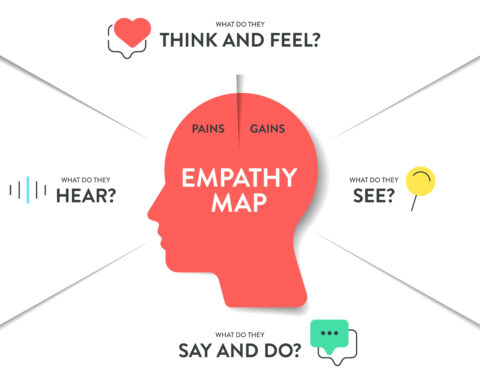Table of Contents:
How can you design effective VR training experiences for your employees, ones that will captivate their attention and promote active learning? Firstly, you need to consider your learning objectives and how they are related to your specific target audience. Then, you have to select a platform that is in line with your objectives. Finally, you need to design the specific training scenarios, test them and decide how you want to evaluate your training. Read on to find out more.
Best Practices for Designing Effective VR Training Experiences
So, what are the best strategies when designing the perfect VR training for your employees? Let us explore them.
Start with Goals
Before you design your VR world or even select the platform, you need to set up your goals. Here, you need to focus first on what skills you want to polish. This will help you plan out all the other steps required to design a virtual reality training experience, including the choice of the platform or the metrics used to measure the effectiveness of your learning process.
Here, you should also ask yourself one question: why am I conducting this training in virtual reality? Is it for the financial benefits of VR corporate learning? Or, maybe, because you rely on remote teams, and this is the most engaging and convenient way to organize a larger training session? This will define how you use virtual reality and what to prioritize when implementing it, so you have to start from the goals.
Select the Training Platform
When you already know your goals, you can proceed with choosing the right platform. Since business and Metaverse, or other platforms, are already strongly interconnected, you will likely find several ones suiting your purpose – for instance, you can easily find at least three options when it comes to active shooter training. This also means one other thing – an app or world tailored to your training needs probably exists; you just need to find it.
Take your time when selecting the right platform or app, and carefully consider all their pros and cons. This choice will define your training concepts and scenarios. Therefore, it has to be well thought through.
Conceptualize Your Training and Potential Scenarios
With your goal and platform ready, it’s time to conceptualize your training and prepare training scenarios. Take the capabilities of the platform into consideration – you can have marvelous ideas, but if they don’t work in the given platform, it might be better to abandon them.
Remember that although you’re using VR, you don’t have to rely purely on it. You can combine traditional learning methods, like digital platforms, with simulations in virtual reality for the best possible outcome. Don’t restrict yourself to VR – use it wherever it is better than the traditional ways.
When you’re ready, write down your plans and scenarios and prepare them on the platform and in real life. Remember to conduct initial testing. Check whether everything works as intended and add any improvements if necessary.
Define Success Metrics
After testing out your scenarios and processes, you need to define your success criteria or simply said: what proves that the training was effective. Evaluate your training based on this and use the collected data to improve your further learning processes. After all, you do not want to repeat the same mistakes over and over again, and success metrics will help you prevent that from happening.
Gather Feedback
Like with anything else, you must gather feedback from your VR-driven training. This is the best way to get valuable insights directly from those involved in the training – your employees.
Why is feedback so critical? Maximizing engagement during your VR training is a lengthy process, and each session is an opportunity to introduce improvements, so listening to those who take part in the training can help you gather conclusions and implement changes.
Conclusions
Follow these best practices for designing effective VR training experiences, and you will create truly engaging learning experiences. Remember, though, that the results will not be immediate – it takes time to perfect a skill, and so it will take you a few sessions to optimize your VR-driven training.
You may also read: Creating Immersive Learning Experiences: Best Practices for Incorporating VR into Corporate Trainer Development Programs








